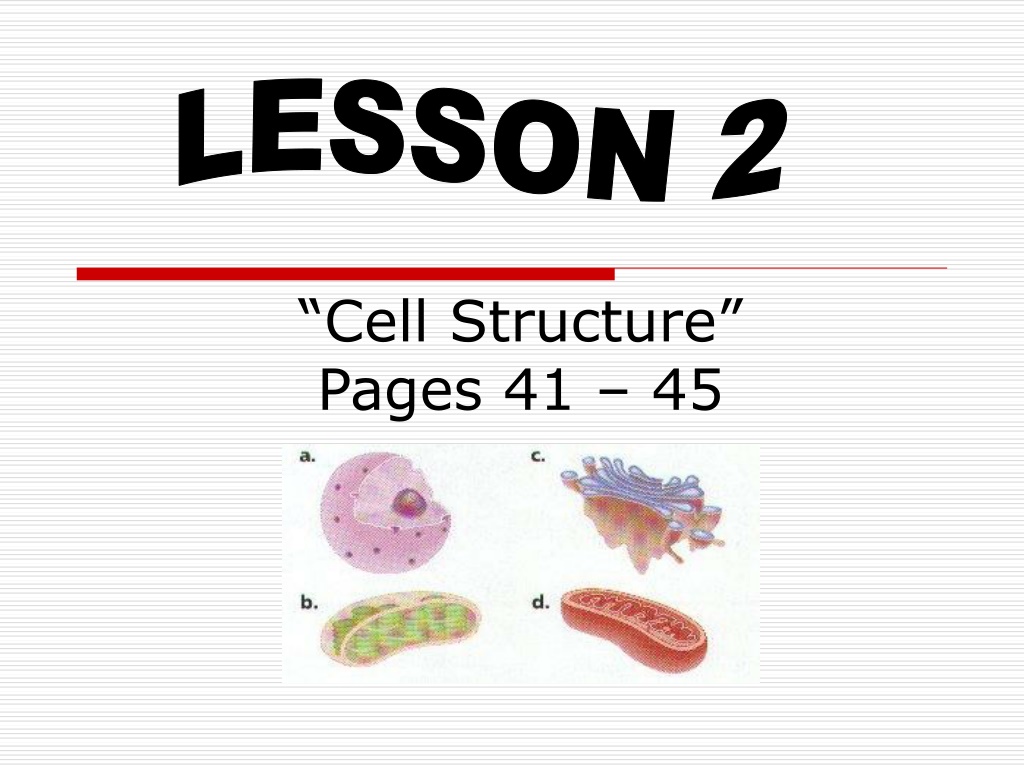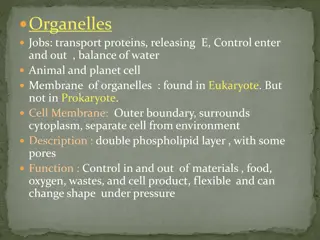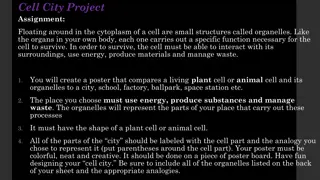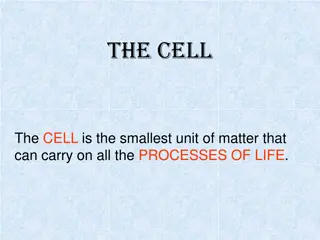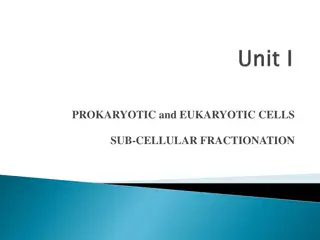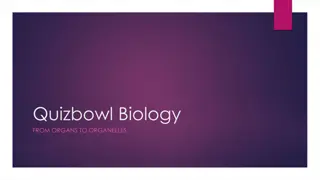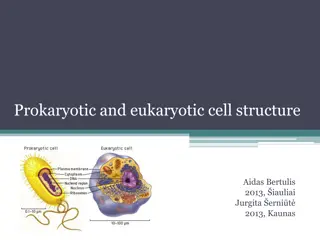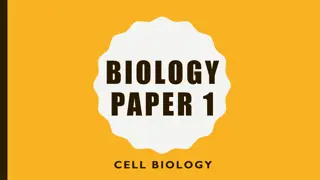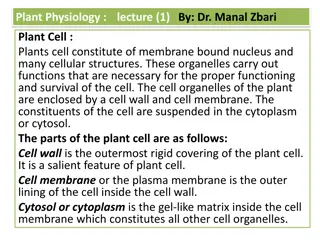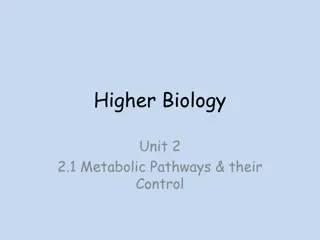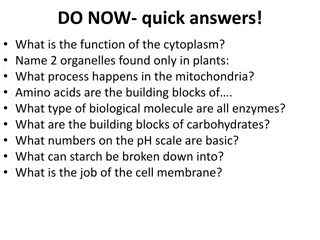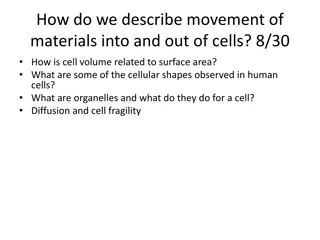Understanding Cell Structure: Key Organelles and Functions
Explore the intricate world of cell structure as we delve into the functions of essential organelles such as chloroplasts, mitochondria, ribosomes, endoplasmic reticulum, Golgi bodies, vacuoles, lysosomes, and the nucleus. Uncover the significance of each organelle in maintaining the cell's processes and survival, from energy production to waste elimination.
Download Presentation

Please find below an Image/Link to download the presentation.
The content on the website is provided AS IS for your information and personal use only. It may not be sold, licensed, or shared on other websites without obtaining consent from the author. Download presentation by click this link. If you encounter any issues during the download, it is possible that the publisher has removed the file from their server.
E N D
Presentation Transcript
LESSON 2 Cell Structure Pages 41 45
CHLOROPLASTS Green organelles that make food found only in plant cells
CHLOROPHYLL A green pigment that gives leaves & stems their color Captures sunlight energy that is used to produce food called glucose Glucose is a type of sugar
MITOCHONDRIA Organelles that release energy from food This energy is released by breaking down food into carbon dioxide AKA the powerhouse b/c they release energy from food Some muscle cells have 20,000 mitochondria
RIBOSOMES Make proteins Float freely or attached to the endoplasmic reticulum (ER) Ribosomes are made in the nucleolus
ENDOPLASMIC RETICULUM A series of folded membranes that move materials (proteins) around in a cell like a conveyor belt Smooth ER ribosomes not attached to ER Rough ER ribosomes attached to ER
GOLGI BODIES (GAWL jee) Stacked flattened membranes Sort and package proteins
VACUOLES Temporary storage spaces Store food, water, waste
LYSOSOMES (LI suh sohmz) The word "lysosome" is Latin for "kill body." The purpose of the lysosome is to digest things. They might be used to digest food or break down the cell when it dies. Break down food molecules, cell wastes & worn out cell parts
FROM CELL TO ORGANISM Cell The basic unit of life Tissue Group of cells working together Organ Group of tissues working together Organ System Group of organs working together Organism Any living thing made of 1 or more cells
NAME THE ORGANELLE a. Nucleus c. Golgi body b. Chloroplast d. Mitochondria
1- Nucleus 2- Chromosomes 7- ER 3- Mitochondria 5- Chloroplasts 8- Cell Membrane 4- Ribosomes 6- Vacuoles
This powerpoint was kindly donated to www.worldofteaching.com http://www.worldofteaching.com is home to over a thousand powerpoints submitted by teachers. This is a completely free site and requires no registration. Please visit and I hope it will help in your teaching.
